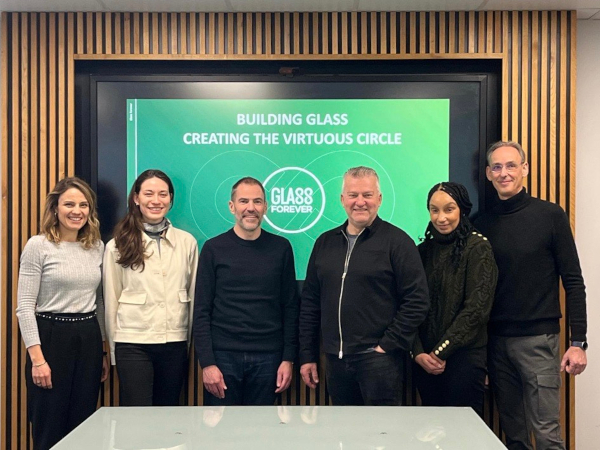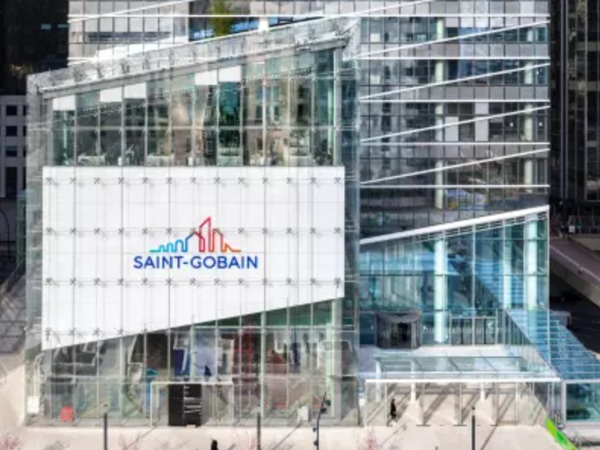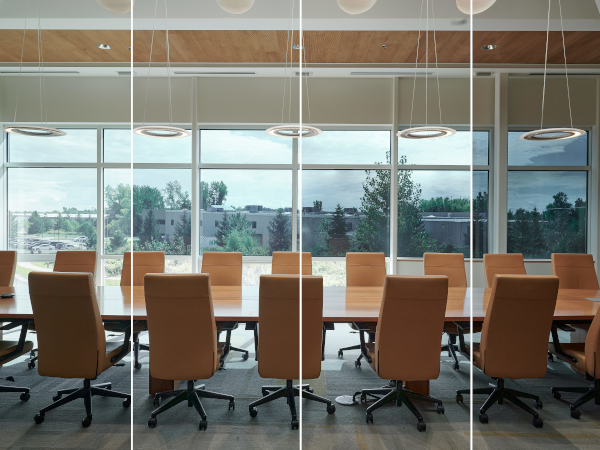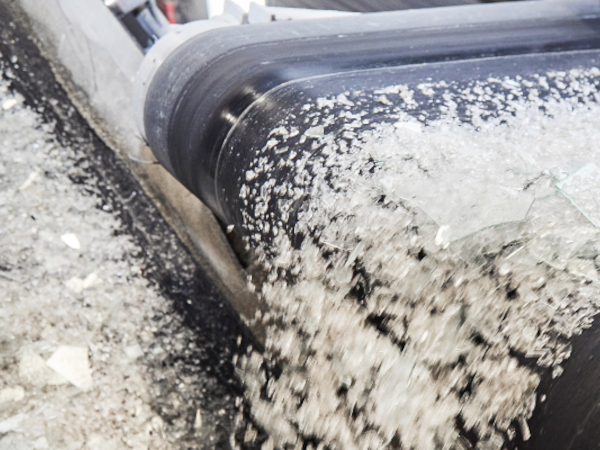Date: 10 April 2008
The winning students from Nottingham’s School of Architecture, Design and the Built Environment - Iona Campbell, Tom Bennett and Liming Qiao – as well as head of school for the built environment, Brian Ford, are now eligible for Isover’s all-expenses-paid international congress in Dubrovnik in June when they can showcase their designs. Fellow student Bryn Hallett (design pictured) won a special commendation.
This is the first time in the six years that the competition is held first nationally and then globally that the UK has joined teams from the European, Asian and African continents. The second, international element, while not declaring an overall winner, does recognise the best entries in specific categories.
Exclusive to students of architecture and construction engineering, the Isover competition awards up to €1,500 in prize money to the winners in each country. Entries are judged mostly on their design capability although 30% of the marks are awarded based on their technical understanding of the Passive House or (Isover’s) Multi-Comfort House concept.
This promotes the ideal that appropriately constructed with additional insulation, a Multi-Comfort House can run on approximately 10% of the energy of a traditional house – an ideal that is proven with thousands of homes in Europe.
The school designed by the students is an actual one identified in the Building Schools for the Future programme – Southwark Primary and Nursery School in Old Basford, Nottingham. It had to be accessible for the surrounding community and environmentally sensitive in its external setting as well as its internal energy usage.
As well as helping towards a building’s sustainability, Isover mineral glass wool insulation is in itself sustainable, being manufactured from silica sand, the earth’s most abundant naturally-occurring mineral.
More than 80% of the raw material used in the production process is recycled post-consumer glass, from building regeneration projects for example, or reprocessed waste from bottle and flat glass manufacture that would otherwise go to landfill.
Organiser Robert Schild, thermal, acoustic and fire marketing manager for Saint-Gobain Insulation, said: “We were delighted to see such a high standard in the first year the UK has taken part in this competition and we are sure the Nottingham team is equally delighted about the opportunity to exchange their ideas with their fellow under-graduates around the world at the congress in June.”












Add new comment